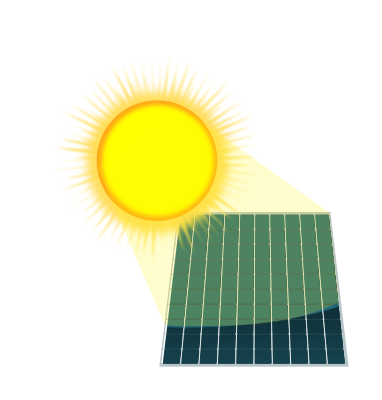Heat pump water heaters already exist. These are hybrid things where a traditional electric water heater is fitted with a heat pump. The heat pump can increase the water temp but cannot deliver enough, so heating elements are still needed to reach a usable temp.
I’m wondering if that design can be improved on this way: instead of powering the heat pump from the wall, the heat pump can be connected directly to a PV. I think that would be more efficient and cheaper because PV output is not normally directly usable. IIUC, it’s variable D/C which must be regulated and/or inverted to A/C involving more hardware, conversion, and waste. But exceptionally, I’ve heard that a PV can directly power a compressor with no middleware. Any reasons this would be infeasible or uninteresting?
Of course the tank still needs wall power for the heating elements, but would use less wall power and entail less conversion loss.


I have such an air to water heat-pump. It reaches 55°C without the supplementary electric water heater, which is more than sufficient if you have a hot water tank. The supplementary electric heater is really only used when too many people want to shower in a short timeframe or to occasionally heat the tank up to 70°C+ to kill off any bacteria that might be growing in it.
I don’t think you will find a heat-pump with a variable drive compressor like you are proposing, but a DIY solution might be feasible.
But why not just install a vacuum tube solar-thermal water heater? They are more efficient anyways.
Is that a built in function of your fancy water heater, or is that something you just go do periodically as part of maintenance?
I’d love to get one of those heat pump water heaters. Seems like a win-win to dehumidify the space.
It can be programmed to do so, but I disabled it as I am not particularly concerned about it, and the solar thermal vacuum tubes also connected to the same tank will occasionally push it to near boiling temperatures.
I originally also thought it would be useful to dehumidify the air, but in reality the times when you need to heat water and the same time have a humidity problem rarely overlap in my case. Maybe if you have a perpetually humid cellar that you don’t use much otherwise (as the exhaust air is quite cold) it would be a good addition.
So I’m guessing you have some kind of mixing valve set up to handle this going out? Also, are the tanks rated to that high of temperatures?
Yes to both.